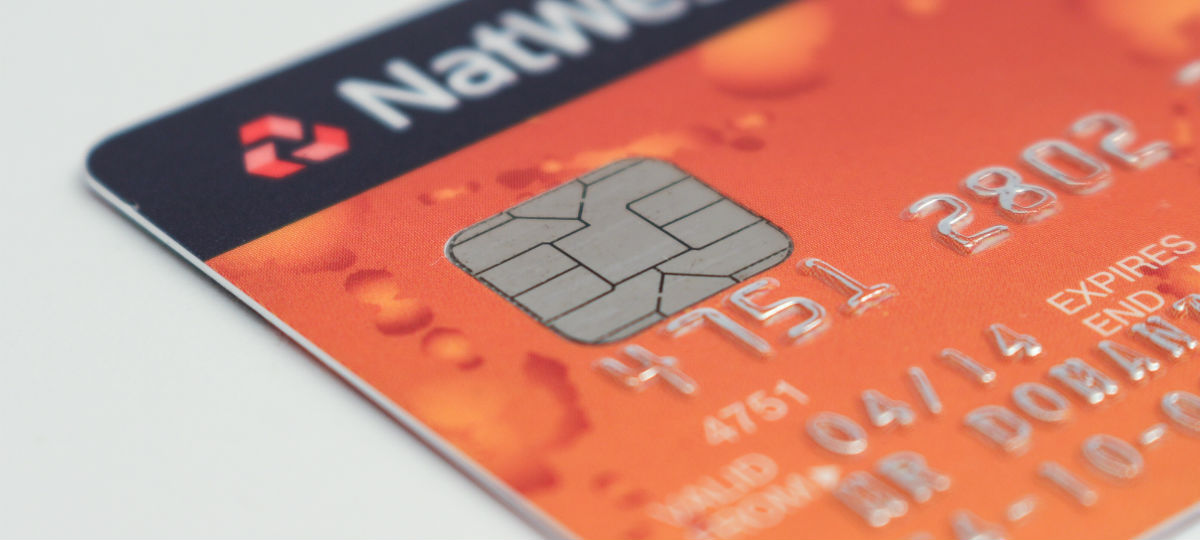Beginner’s Guide to Classy Payment Processors

Request a Demo
Learn how top nonprofits use Classy to power their fundraising.
We treat the process of choosing a payment processor a lot like choosing car insurance. We try to find the best deal we can and then we forget about it until something goes wrong. Or we just renew the same policy we’ve always used, even if it’s not the best one for us. We learn to live with what we have.
But the payment processor your nonprofit uses for online fundraising has a big impact on your donors’ experiences. Therefore, it also affects your relationship with donors and your ability to convert and retain them.
Read on to learn just why payment processors matter and how the right ones can help organizations raise more money.
Payment Processor vs. Payment Method
Before we dive into how nonprofits can give donors the best giving experience, let’s clarify which parts of the process we’re talking about.
Payment Processor
Payment processors are systems that facilitate transactions on your site. They move money from one place to another. For example, nonprofits use WePay, PayPal Pro, Authorize.net, and many other processors. These platforms have different fee structures and specifications, but they all perform the task of moving a donor’s money into your organization’s account.
Payment Method
Payment methods are the form or source of the money being transferred. You actually encounter different payment methods all the time. When you stop by a coffee shop, you can pay with cash, a credit card, or even a gift card. Most online donations happen using credit card as the payment method, but some people prefer to use PayPal or Apple Pay, or to link their bank account directly (a payment method called ACH).
Why Do Payment Processors Matter?
Although most people are able to give with their credit cards, limiting donors to just this payment method has real consequences for the nonprofit. Here are two of the main reasons limited payment processors and methods can ultimately diminish your organization’s fundraising success.
Conversion Rate
Once someone makes it to your donation website, you want to make it as simple and intuitive as possible for them to complete the transaction. Every time you add another step or difficulty, it’s another chance for the potential donor to walk away. And if you don’t give your supporters the option to give the way they want, you could be missing out on donations.
For example, let’s say a supporter clicks through your email appeal and arrives at the campaign page. When they see the story and purpose behind the campaign, they decide to give and click “donate.” When they arrive at the form, however, credit card is their only way to give. Looking around, your supporter realizes their wallet is in their bag in another room.
If the donor could give through their PayPal account, they would complete the transaction right now, but since they’ll have to go find their wallet, they decide to make the gift later. Unfortunately, they forget and “later” never comes. There are tons of situations like this where limited payment options create another step, another chance for the potential donor to abandon their gift. When it’s easy for donors to give in their most convenient or preferred way, they are more likely to convert.
Recurring Giving
Recurring giving is one of the most powerful tools for creating long-term sustainable revenue for your organization. Online giving has made it easier than ever for supporters to commit to a monthly gift to their favorite nonprofits. But having the right payment processor and payment methods can make your recurring giving program even more successful.
Some payment processors allow you to easily update and upgrade a recurring gift. For example, if you send an appeal asking your long-time monthly donors to increase their gift by $5, how simple is the process? Depending on your processor, the donor might have the ability to upgrade the account themselves or you may be able to do so on the backend. On the other hand, some processors would require the donor to cancel their old gift and go through the process all over again to create a new monthly gift.
Expired credit cards are another issue that can complicate recurring giving. But if you allow donors to link their bank account through ACH transfer, this won’t be an issue.
Explore Your Options
There are a number of factors to consider when choosing a payment processor, including fees, integrations, and user experience. A processor that makes sense for one organization might not be a good fit for another. It’s also a good idea to reevaluate your payment processor options every year or two. If your donor base or fundraising strategy evolves, a transition to another processor may be better for your bottom line. You can offer flexible payment options with Classy Pay—it supports digital wallets, PayPal, Venmo, ACH, and credit card processing for nonprofits.

Classy Pay Powered by Stripe
Subscribe to the Classy Blog
Get the latest fundraising tips, trends, and ideas in your inbox.
Thank you for subscribing
You signed up for emails from Classy
Request a Demo
Learn how top nonprofits use Classy to power their fundraising.
 Explore Classy.org
Explore Classy.org 

